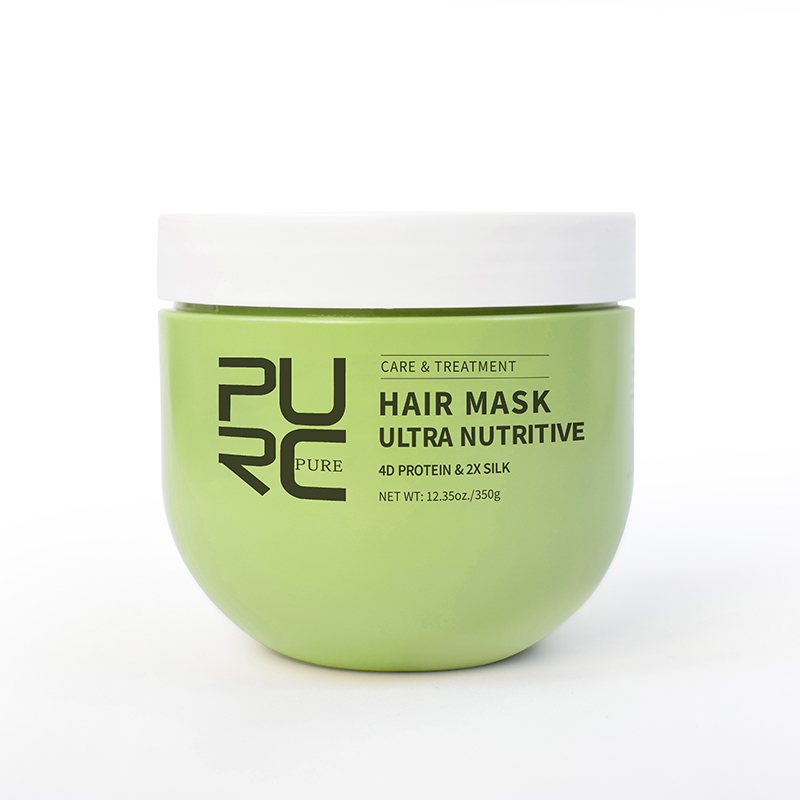Introduction to Protein Hair Masks
Are you tired of dull, lifeless hair that lacks vitality and shine? It’s time to give your locks a much-needed boost with the power of protein hair masks! These miraculous treatments are all the rage in the world of haircare, as they work wonders in rejuvenating and strengthening your strands. Whether you have dry, damaged hair or simply want to maintain healthy locks, protein hair masks are here to save the day.

Different Types of Protein Hair Masks
When it comes to protein hair masks, there are various types available to target different hair concerns. Each type contains specific ingredients that work together to nourish and strengthen your strands.
1. Hydrating Protein Hair Masks: These masks are perfect for those with dry or damaged hair. They contain deep moisturizing ingredients like avocado oil, shea butter, and coconut milk, which help replenish lost moisture and improve the overall texture of your locks.
2. Repairing Protein Hair Masks: If you have weak or brittle hair that is prone to breakage, a repairing protein mask can be a game-changer. Look for masks infused with keratin or hydrolyzed collagen as they help repair damage from heat styling tools and chemical treatments.
3. Volumizing Protein Hair Masks: Do you desire bouncy and voluminous tresses? Opt for a protein mask that adds volume without weighing down your hair. These masks typically contain ingredients like rice protein or soy proteins which add body and fullness to thin or flat strands.
4. Color-Protecting Protein Hair Masks: For those who color their hair frequently, using a color-protecting protein mask is essential to maintain vibrancy and prevent fading.
Remember, while choosing the type of protein hair mask that suits your needs best, consider factors like your current hair condition and desired results! Stay tuned for our next section on how you can make your own protein hair mask at home!

Tips for Using Protein Hair Masks Effectively
1. Choose the Right Mask: When selecting a protein hair mask, consider your specific hair needs. Look for masks that target issues like dryness, damage, or lack of volume.
2. Follow Instructions: Each protein hair mask may have different usage instructions. Read the label carefully and follow them accordingly to achieve optimal results.
3. Prepare Your Hair: Before applying the mask, make sure your hair is clean and free from any product buildup. Shampoo and rinse thoroughly to remove any residues that could interfere with the effectiveness of the mask.
4. Apply Evenly: Use your fingers or a wide-tooth comb to evenly distribute the protein hair mask throughout your strands from root to tip. Pay extra attention to damaged areas if needed.
5. Massage Gently: Once applied, massage the mask into your scalp using gentle circular motions. This will help stimulate blood circulation and enhance absorption of nutrients.
6. Give It Time: Allow the protein hair mask to work its magic by leaving it on for the recommended amount of time specified in the instructions – usually 10-30 minutes.
So be mindful not to overuse protein masks; once or twice a week should suffice depending on your individual needs.
Remember these tips when using a protein hair mask so you can enjoy rejuvenated locks that are stronger and healthier than ever before!

Conclusion
Protein hair masks are truly a miracle for rejuvenating and strengthening your hair. Whether you have damaged, weak, or dull hair, incorporating protein hair masks into your regular hair care routine can make a world of difference. Not only do these masks provide essential nutrients to nourish and repair your strands, but they also help to improve the overall health and appearance of your locks.
By using protein hair masks regularly, you can expect to see shinier, smoother, and more resilient tresses. These masks work by replenishing the protein lost due to various factors such as heat styling tools, chemical treatments, environmental damage, or even just everyday wear and tear. With continued use over time, you will notice that your hair feels stronger and looks healthier from root to tip.
Remember that different types of protein masks cater to specific needs – whether it’s repairing damaged strands or enhancing moisture retention. It’s important to choose the right mask based on your individual requirements for optimal results.



